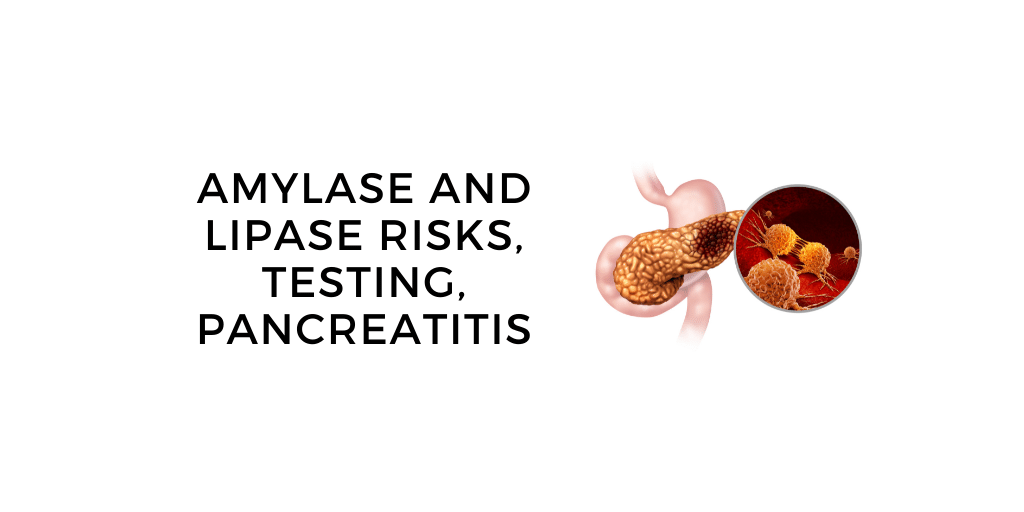
Amylase and Lipase Risks: Pancreatitis, Digestive Issues and More
Amylase and Lipase Levels, Tests, Risks
You are experiencing digestive issues and considering using amylase and lipase. Amylase and lipase are enzymes that help break down carbohydrates and fats.
However, elevated levels of these enzymes can lead to pancreatitis, a condition that causes inflammation of the pancreas.
Amylase and lipase risks include pancreatitis and digestive issues. It is important to understand the risks before starting any treatment.
This guide will teach you about whether taking these enzymes will help your digestion, when to take them, the risks associated with elevated enzyme levels, how to test for it and provide treatment options.
Before we begin, I'll mention that if you're looking for some safe digestive support. The best food you can use is a high protein bone broth because of the gut healing amino acids like glycine, proline and glutamine.
What are Amylase and Lipase Enzymes
Amylase and lipase enzymes are key digestive enzymes that are secreted by the pancreas and salivary glands which help us digest food properly.
These two enzymes are important because of their ability to determine the cause of abdominal pain.
Amylase's history dates back to the early 1800s where it was among the first enzymes ever studied scientifically. Nowadays, amylase and lipase levels via testing are used to diagnose pancreatitis.
What is the difference between amylase and lipase?
Amylase helps break down carbohydrates and starches while lipase helps us to digest fats. To zoom in a bit, amylase is found throughout the body and helps you and I convert complex carbs to simple sugars in our gut.
There are different types of amylase enzymes. Each are responsibly for breaking down different parts of the carbohydrate.
They are also commonly used to test for pancreas issues. Lipase seems to be more reliable in terms of testing (1).
What are the causes of elevated amylase and lipase levels?
Elevated levels of amylase and lipase are often caused by eating a high-carbohydrate diet. They can also be caused by a sedentary lifestyle, alcohol consumption and stress.
Also, there are some interesting correlations with the research on chronic disease.
- 44% of patients diagnosed with a pancreas related health condition showed severely high blood levels of amylase and lipase.
- 35% of liver disease patients have high amylase levels
- 12.5% of people admitted to the hospital with abdominal pain have high amylase.
So we know the causes, what about the effects? Elevated levels are common in salivary diseases, intestinal diseases and metabolic diseases. More on that below.
Lipase and Amylase Risks
The risks associated with high lipase and amylase levels either pancreatitis or damage to your pancreas. If you blood levels are three times normal reference ranges, then you likely have some health implications.
But levels less than 3 times normal can lead to intestinal issues, salivary gland issues and metabolic health outcomes. There are also liver health issues associated with increased lipase levels.

Image via patient.gastro.org
For this reason, you should be careful if you are regularly taking digestive enzyme supplements that contain high levels of lipase and amylase.
If you are not sure about your dosage, then speak to a doctor or registered dietician.
What is pancreatitis and what causes it?
Pancreatitis is simply redness, swelling and inflammation in your pancreas. Onset can be immediate (acute) or long-term (chronic).
Acute pancreatitis is caused by any of the following:
- Overuse of alcohol
- Diabetes
- Obesity
- Cigarette smoking
- Gallstones
- High levels of calcium
- High blood triglycerides
- Bile duct obstruction between the liver and small intestine
- Abdominal surgery
Acute issues can be easily fixed if you let your organ heal properly. But if not, you risk a long-term inflammatory response which leads to organ failure and death (2).
Pancreatitis commonly leaves patients with long hospital stays and massive bills, so it is best to avoid it at all costs.
Pancreatitis Symptoms
Symptoms of acute pancreatitis include back pain, chest pain, fever, nausea, being sick, loss of appetite and severe abdominal pain.
You may notice other symptoms like being thirsty, frequent urination, fatigue, feeling 'weak' and weight loss
Amylase and Lipase Effects on Pancreatitis Risk
It is important to note that the cause of acute pancreatitis is not related to serum amylase or lipase levels. These enzymes are merely an effect of acute pancreatitis.
Elevated levels are common in all patients with acute pancreatitis. As a result, the most accurate test in the diagnoses of pancreatitis is by testing serum lipase and amylase levels in blood.
The levels can give you a glimpse into the severity of the disease and potential health outcomes. The tricky part is that they are not always elevated in pancreatitis.
Amylase and Lipase Testing
An amylase or lipase tests can diagnose acute pancreatitis. They are used to find out if you have enzyme disfunction in your gut and digestive system.
The actual tests involve drawing a small amount of blood by a lab technician. You can get requisitions from your doctor and get them done at your local blood testing lab, hospital or medical centre. Many states and provinces now have at home tests you can register for as well.
Lipase tests are thought to be more sensitive and thus useful for diagnosis than amylase. So they should be used when possible.
Serum Amylase and Lipase Reference Ranges
Reference ranges for serum amylase and lipase on your blood test results are as follows:
Amylase: 40 to 140 units per liter (U/L) or 0.38 to 1.42 microkat/L (µkat/L). Pancreatitis is suspected if levels exceed 200 units per liter (U/L)
Lipase: The normal range for adults younger than 60 is 10 to 140 U/L. Normal results for adults ages 60 and older is 24 to 151 U/L. You are at risk for pancreas issues if you are higher than 200 units per liter.

Treatment Options
1. Dietary Changes
Your first line of defence is to adjust your eating habits. Avoiding 8 inflammatory food groups like deep fried foods, alcohol, vegetable oils and refined carbs will help to reduce your symptoms quickly.
If you are already doing this, then great job! You're ahead of the game.
Research also shows that eating smaller, more frequent meals seems to help give you digestion a break and not get overloaded with large food to absorb.
If you are properly diagnosed and treated, you can reduce your enzyme levels within a few weeks.
2. Lifestyle Changes
The number one thing you can do is quit smoking (if you are). Beyond that, an exercise routine is a great strategy to reduce you enzyme levels quickly.
I would also recommend you work on doing what you can to reduce stress in your life. Stress has a huge effect on chronic inflammation throughout our bodies.
When we are stressed, our parasympathetic (rest and digest) nervous system is blunted in favor of the sympathetic nervous system (the one that gets activate when we see a tiger).
Sympathetic activity is correlated with many chronic health issues from diabetes and cancer to heart disease (3).
Take time for yourself everyday to relax and unwind. It can't be only when you sleep. Try long, slow breathing, which involves inhaling over 6 seconds, pausing for 4 seconds then exhaling over 6-8 seconds.
The long-slow exhales activates your vagus nerve which helps to reduce stress in the body because of the gut brain connection.
These activities not only lower your enzyme levels but they also help reduce the risk of elevated enzyme levels in the first place.
3. Medication
You can control your symptoms and reduce enzyme levels by taking the right medications. These include antacids, proton pump inhibitors, and H2 blockers. But they are best done under strict doctor supervision. The dosages and protocols are outside of the scope of this article.
4. Surgery
Extreme cases where a diagnosis of pancreatic disorder is present will involve surgery to remove your pancreas or gallbladder.
There are other procedures such as a Endoscopic retrograde cholangiopancreatography (ERCP) which is used to check on the bile duct systems around the organs. It is reserved for severe pancreatitis when other treatment options have already been tried.
Without the gallbladder and pancreas, we have issues with regular digestion and nutrition. So you want to keep them if you can. That being said, severe cases will need to have them removed for your long-term health.
5. Supplements
High enzyme levels can sometimes be controlled using supplements like probiotics, digestive enzymes and bone broth. For enzymes I am a big fan of the Now Foods Super Enzymes.
Probiotics I like the ones from Nutrition Essentials with 900 billion CFUs. And for bone broth, I like the one from Bluebird Provisions.
Can taking digestive enzymes cause pancreatitis?
Taking digestive enzymes do not cause pancreatitis. They can help in cases where you pancreas is inflammed and cannot function properly. In these cases, taking enzymes will help you absorb and digest nutrients in your food properly while giving your organs a much needed break.
What are the treatment options for pancreatitis?
The treatment options for pancreatitis range from lifestyle changes, IV fluids and antibiotics to invasive scopes and surgeries. Extreme cases may result in your pancreas or gallbladder removed.
Nowadays, there is a push for less invasive treatments than in the past, even for severe cases. Here are a few common options you can discuss with your doctor.
Surgery
If it is determined that gallstones caused your issues, then your doctor might suggest surgery to remove your gallbladder. Getting this surgery as quickly as possible will reduce the risk of post-surgery complications.
Less Invasive Procedures
There are procedures that drain fluids from your abdomen. This is used in some cases where pseudocysts or abscesses are detected in testing. This can help to remove the damaged tissue from your pancreas (4).
Endoscopic Cholangiopancreatography (ERCP)
ERCP is an upper GI tract scope under x-ray guidance to treat a blockage in your bile ducts or pancreatic duct. It can also be used to remove gallstones in some cases.
It is important to avoid alcohol while you are being treated and eat an anti-inflammatory diet. Avoid high fiber foods and let our healthcare team know what medications you are taking.
Also aim to drink a lot of water, like 2-3 liters per day. Finally, discuss any side effects from the treatment with your doctor immediately.
What is the prognosis for pancreatitis?
The prognosis for pancreatitis depends on the severity, stage it is at and when it is detected. Acute versions are graded using a system called the 'Ranson score.'
The Ranson score combined your WBC count, blood glucose level and serum LDH level into an index that is rank ordered by degree from mild to severe.
These markers give the medical team insight into the extent or organ decay and necrosis.
The score is only accurate and used at 48 hours after onset of symptoms. After this it can no longer be used.
If your Ranson score is between zero to two, the risk of death is low. You will be admitted to a regular hospital ward and given the standard support to treat it.
A ranson score between three to five carries a 10-20% risk of death. These cases result in the patient being admitted to the intensive care unit (ICU) immediately.
The downside of the ranson test is that sometimes it is not specific enough to different causes of the disease.
Ultimately, your prognosis depends on your overall heath and well being. So it is best to take care of yourself!
Closing Thoughts
If you’re experiencing digestive issues, it’s important to work with a healthcare professional to find the root cause. In some cases, taking amylase and lipase supplements can help improve digestion. However, there are also risks associated with taking these supplements, so it’s important to be aware of them.
A safe way to get better digestion and improve your gut health is to drink a high collagen bone broth. The best gut healing one is made by Bluebird Provisions. You can find them online or on Amazon Prime.
References:
(1) https://www.jlr.org/article/S0022-2275(20)32777-2/abstract
(2) https://www.sciencedirect.com/science/article/pii/S014067360313139X
(3) https://www.ncbi.nlm.nih.gov/pmc/articles/PMC2679852/
(4) https://medlineplus.gov/ency/article/000272.htm
Disclaimer: this information is for educational purposes only and has not been evaluated by the FDA or CFIA. It is not intended to diagnose, treat, cure, or prevent any disease. Please consult your primary care physician for advise on any of this.
Bluebird Provisions is reader-supported. When you buy through links on our site, we may earn an affiliate commission. As an Amazon Associate, we earn from qualifying purchases.

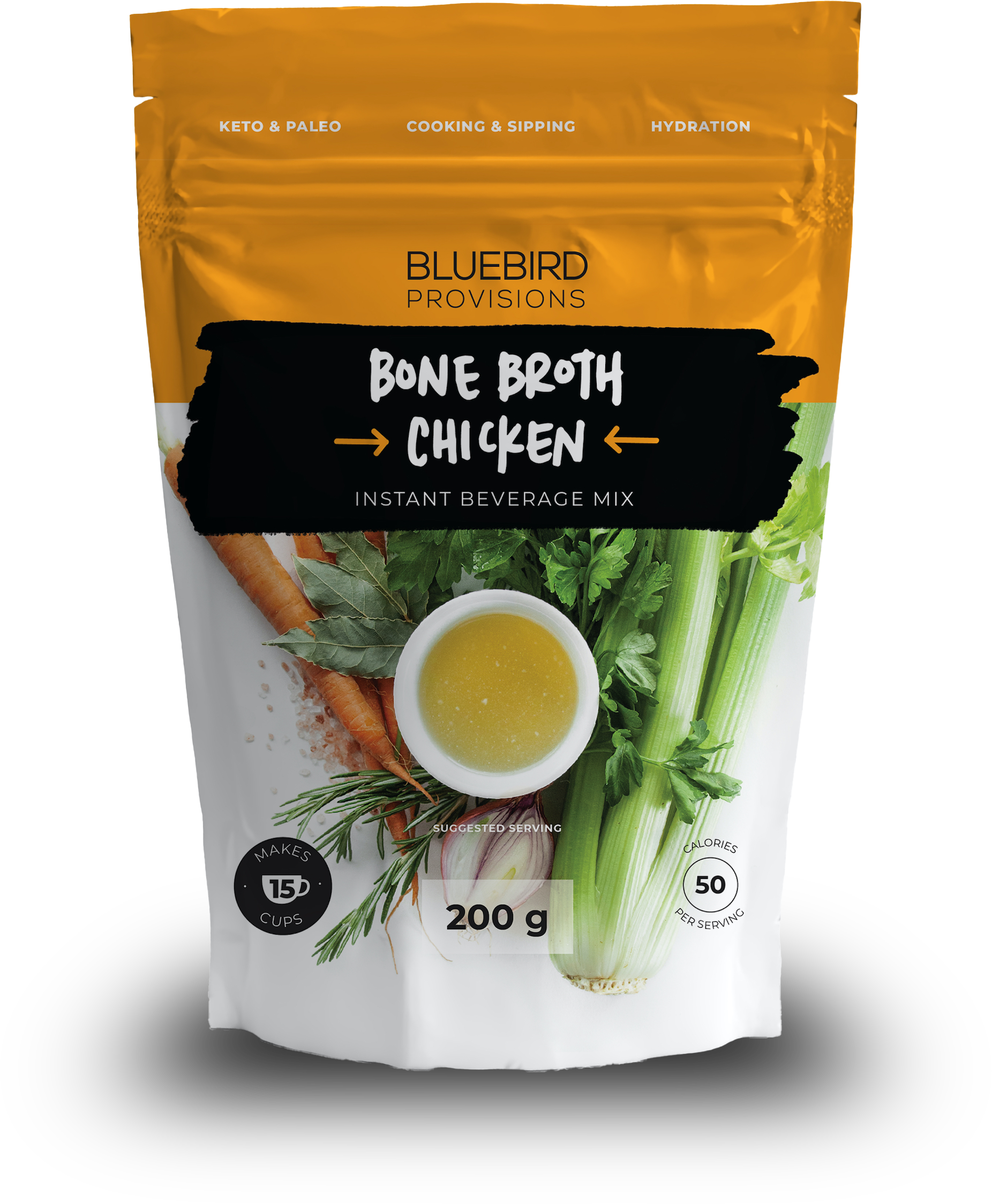
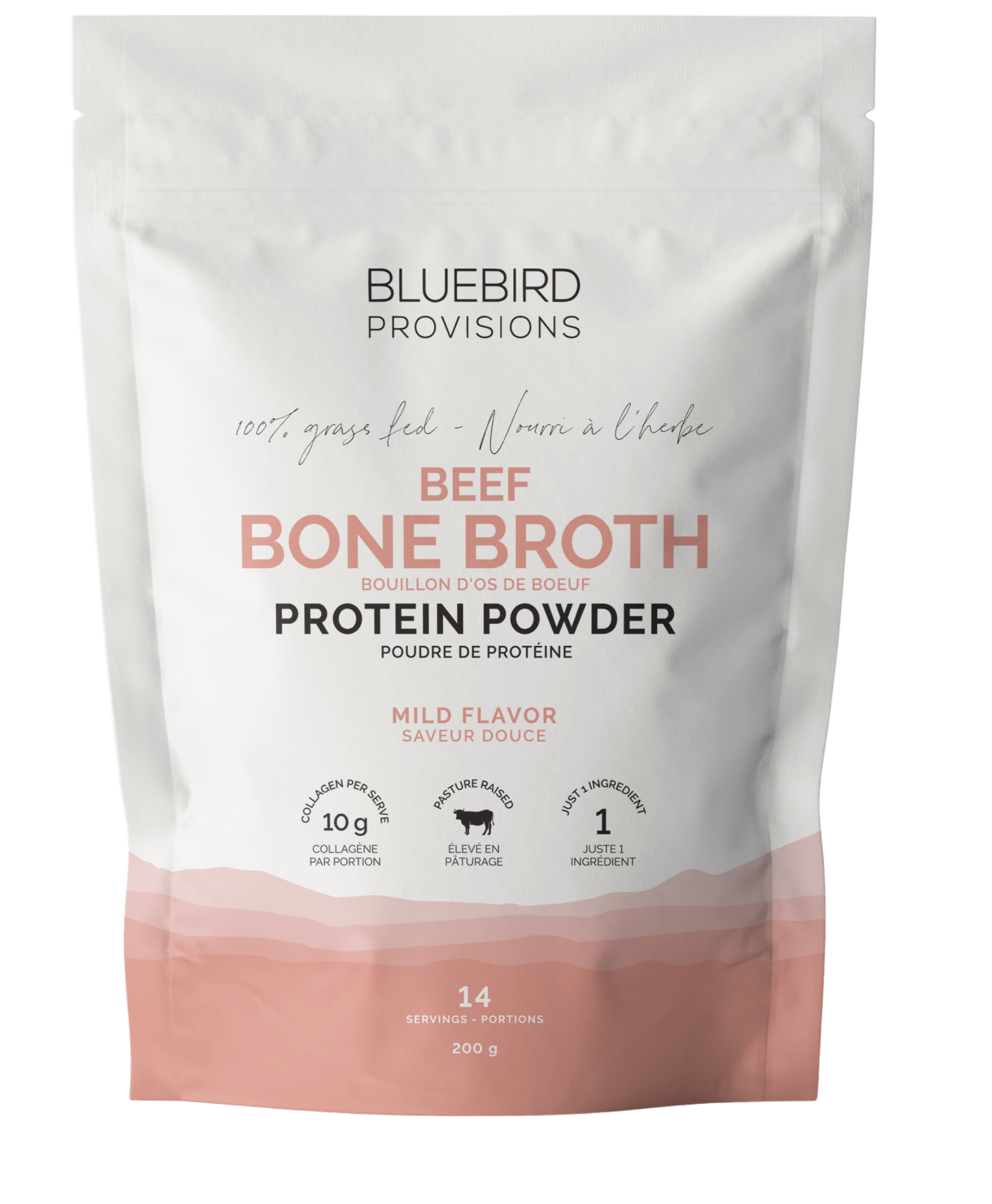


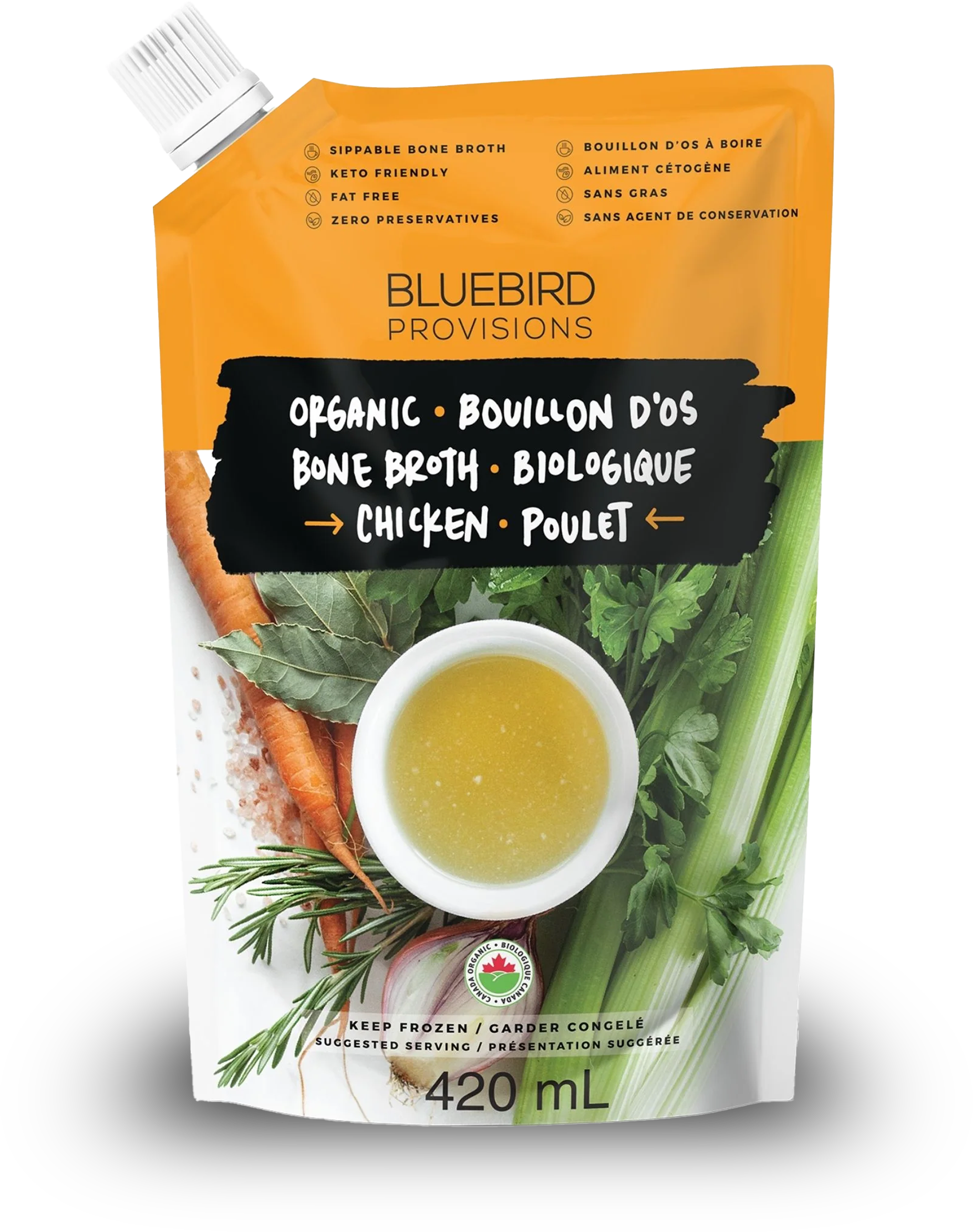
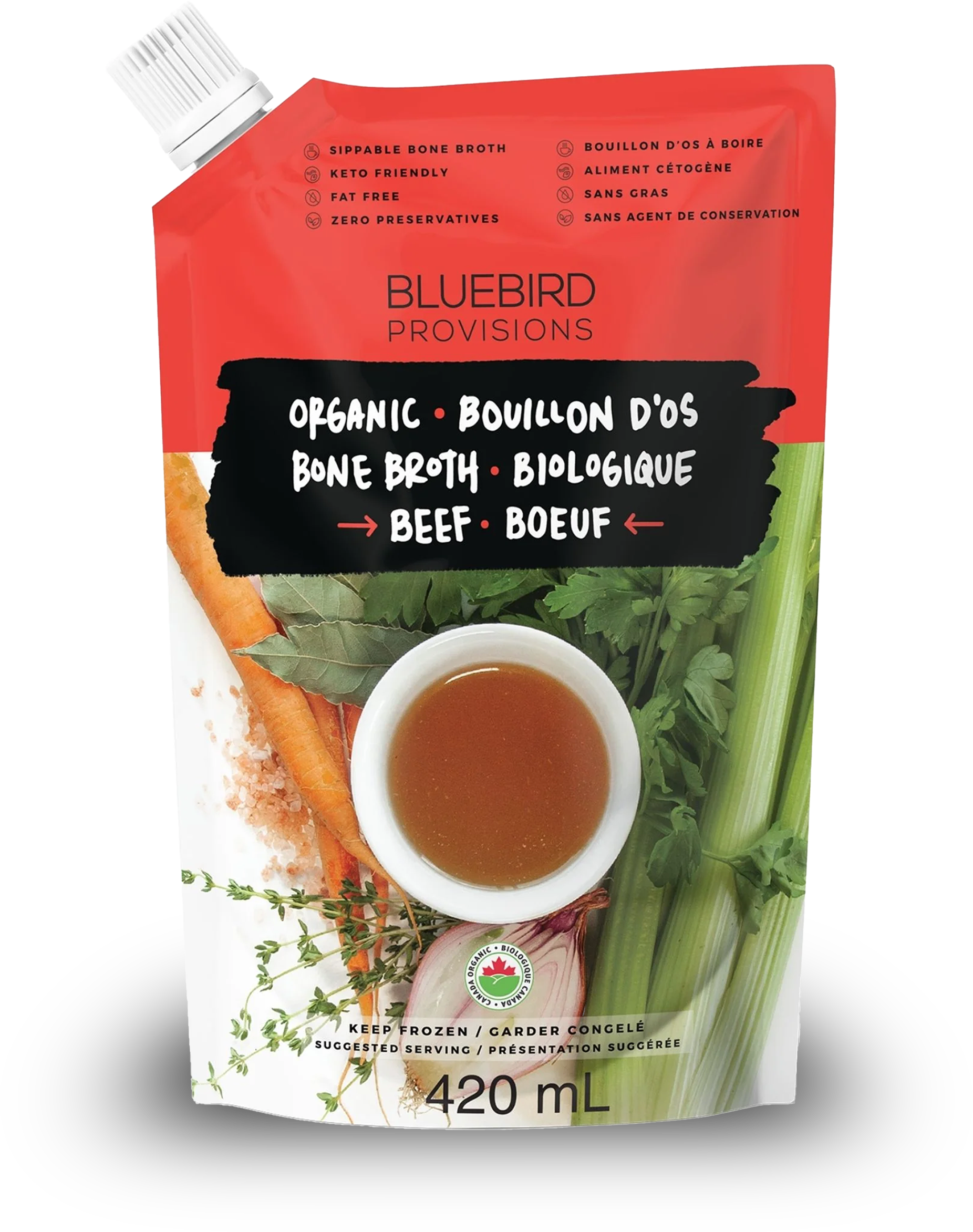



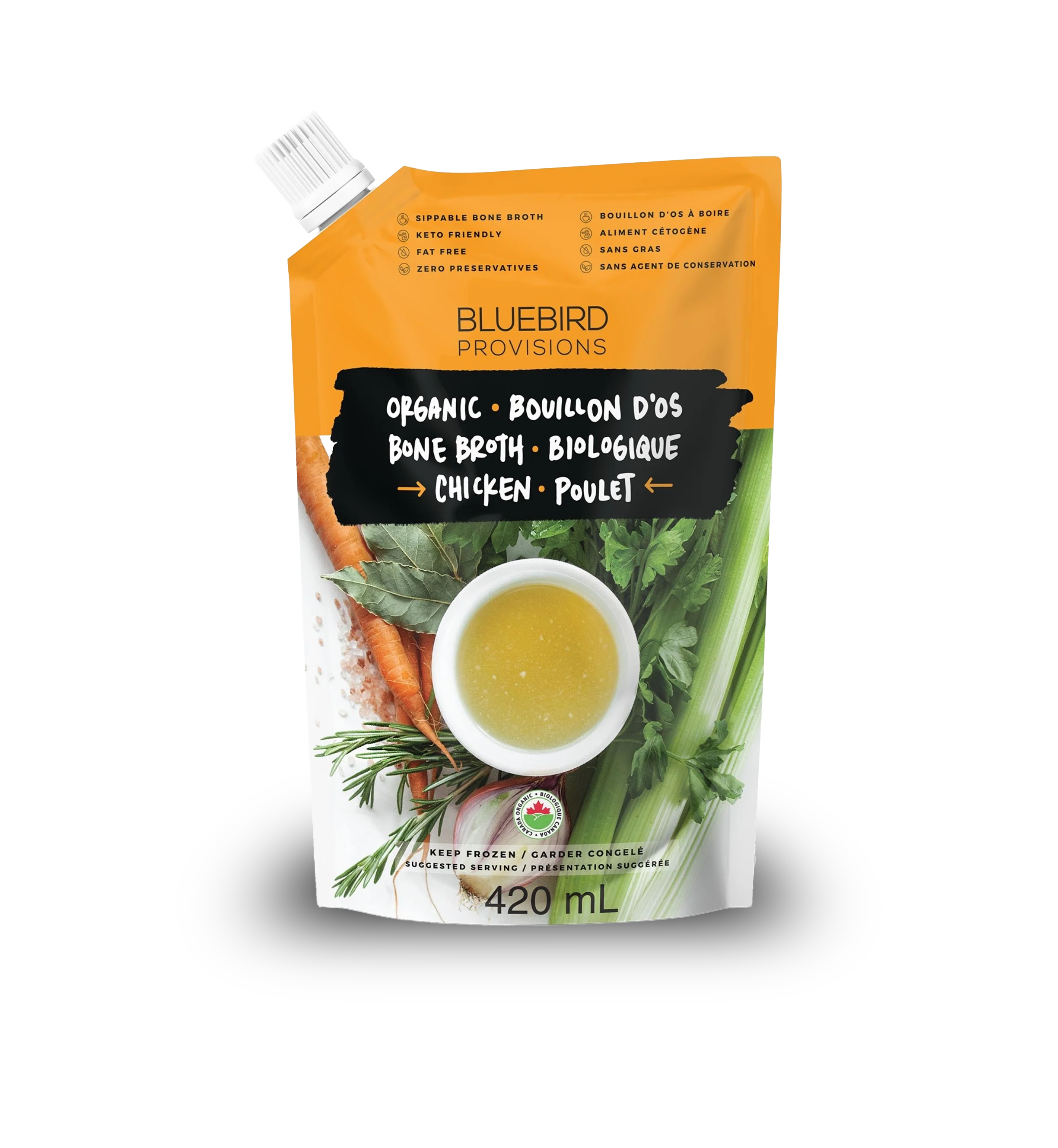
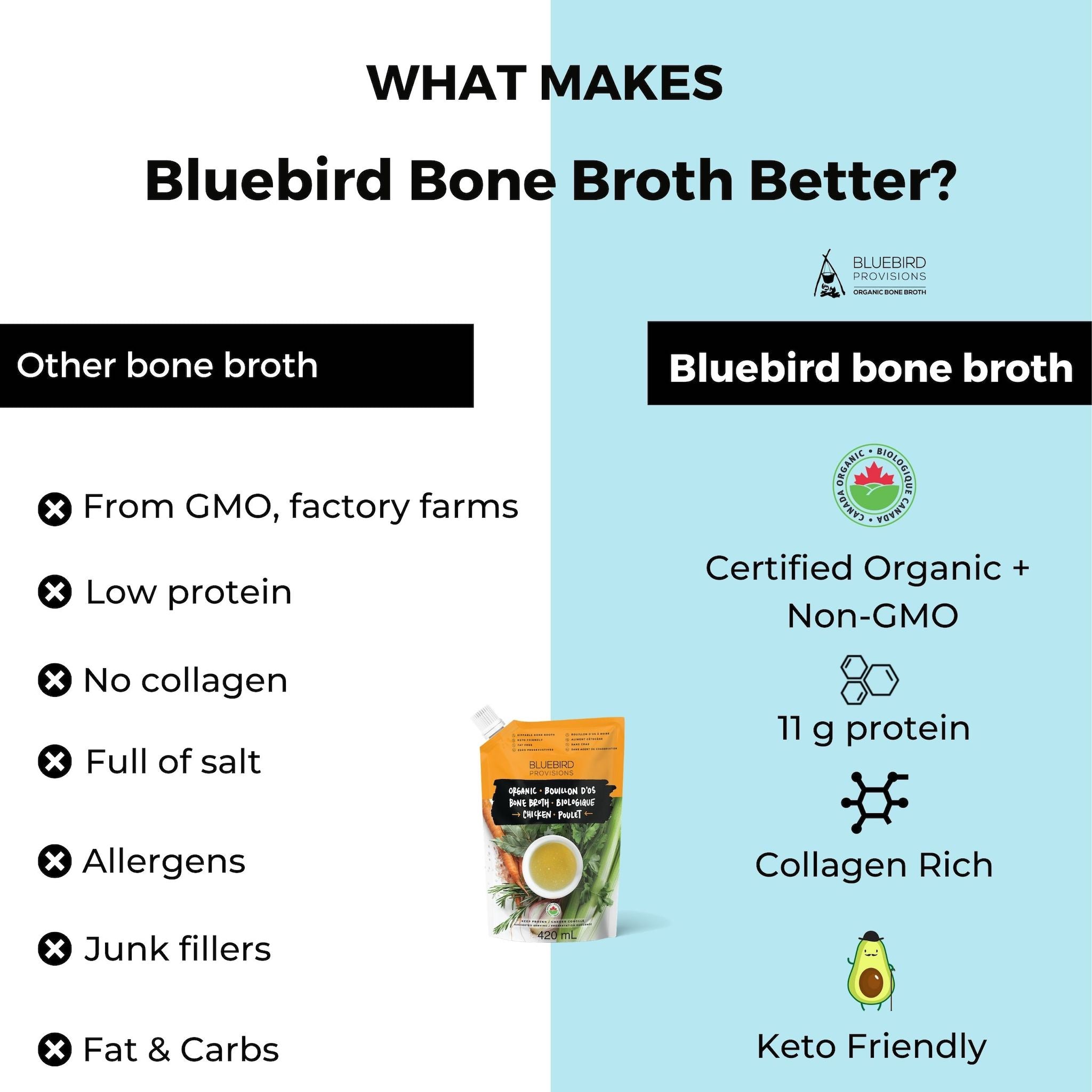
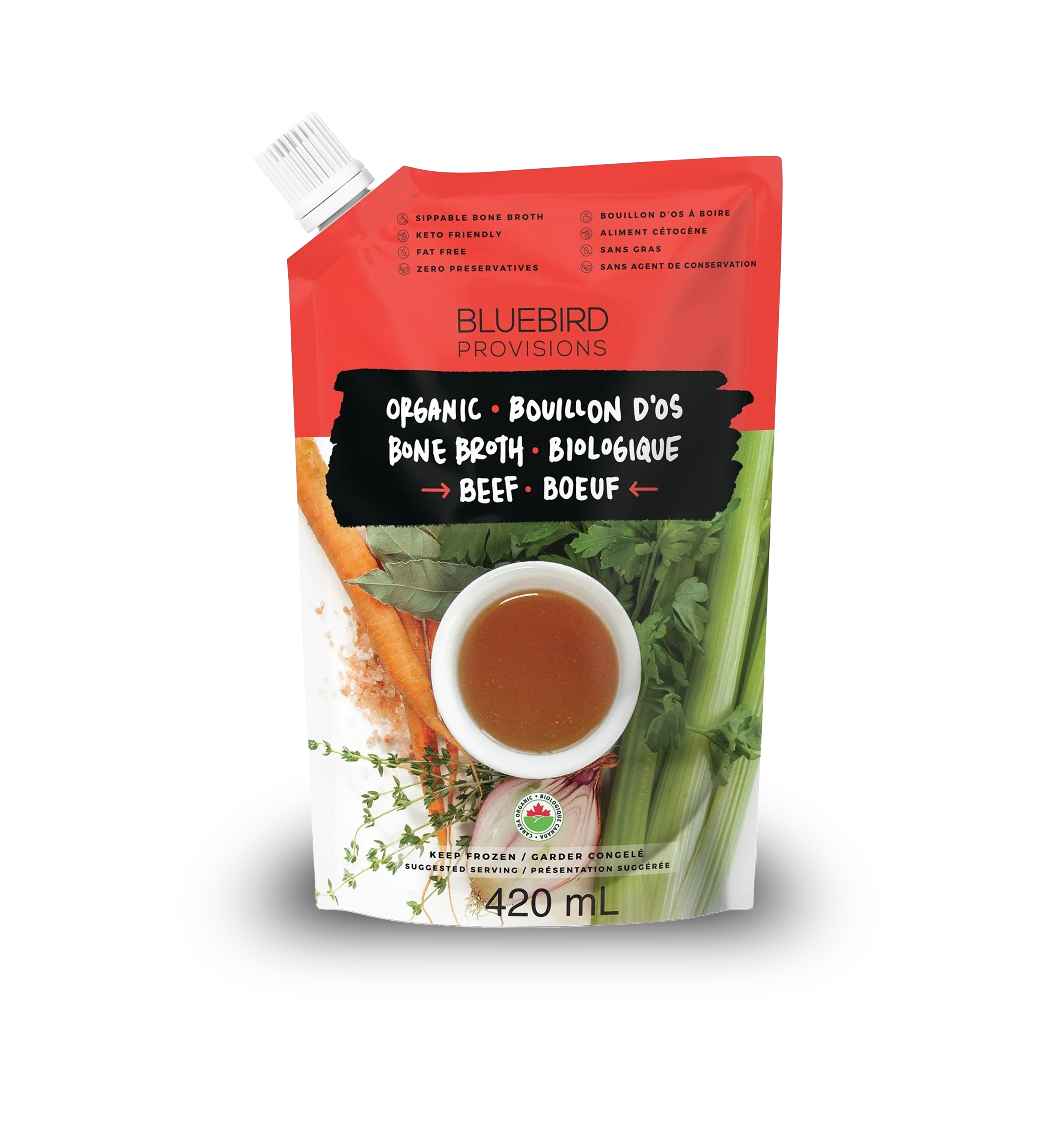
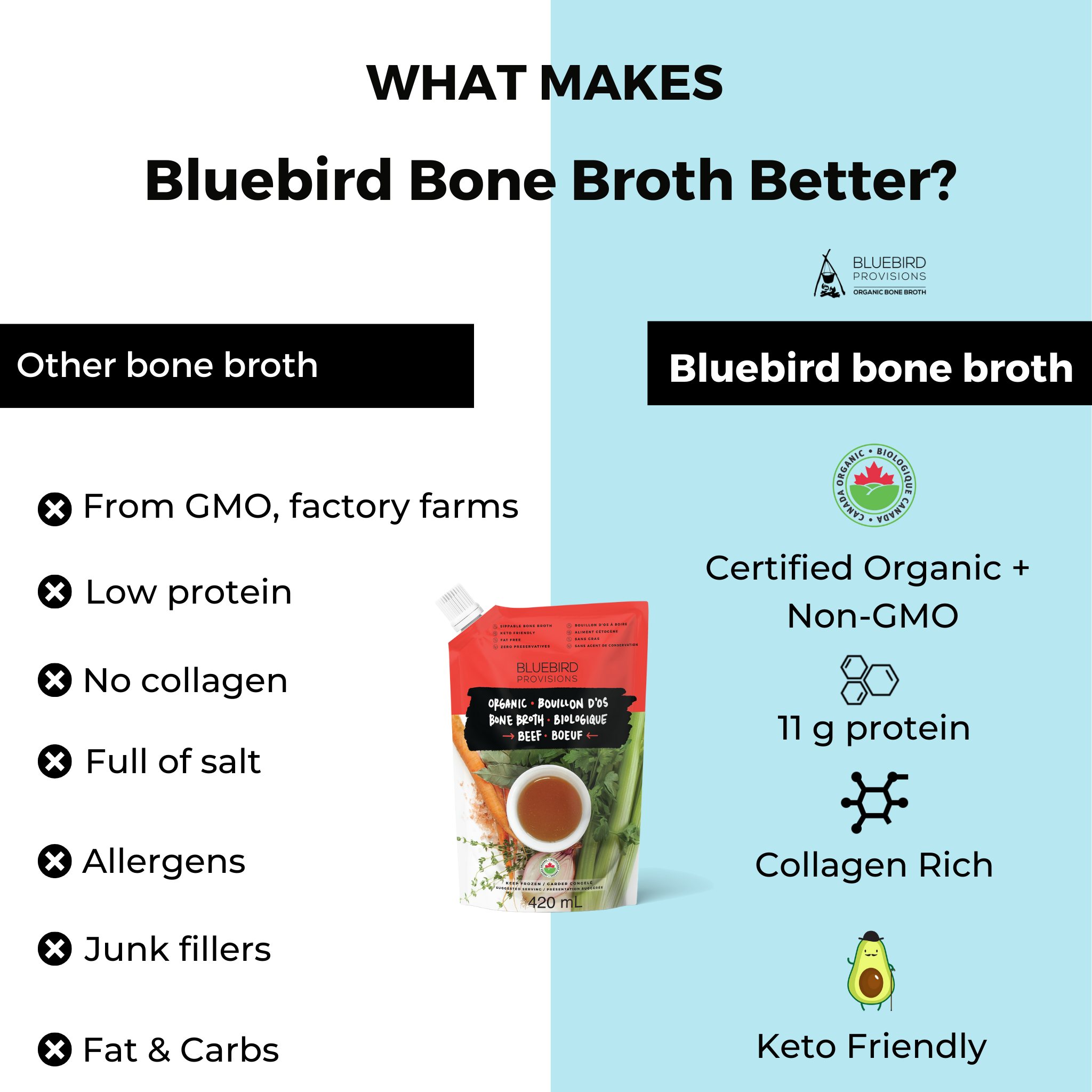
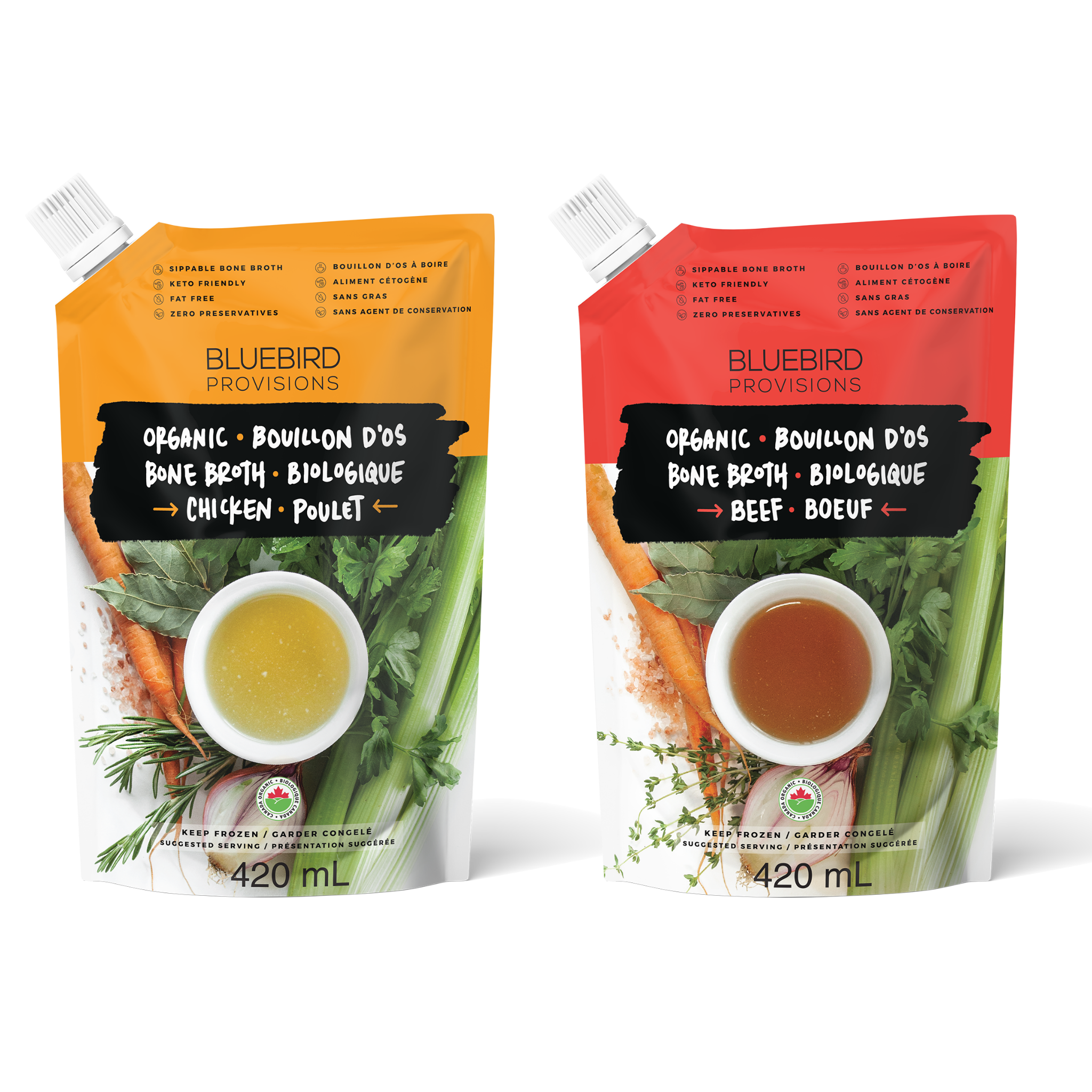

Leave a comment
This site is protected by hCaptcha and the hCaptcha Privacy Policy and Terms of Service apply.